An early ( 4 day) follow-up on a bilateral otoplasty patient in her mid-teens. She was bothered by prominent ears and had been trying to hold them back with double stick tape but it fell off during sports. She has been teased because of her ears.
She has the typical combination of a poorly formed ante-helical fold and prominence of the conchal bowl. I was fortunate to have the opportunity to work directly with Dr. Reed Dingman at the University of Michigan who developed the Dingman oto-abrader, a device to weaken the “spring” of the cartilage that we still use to this day.
She is shown immediately after removing the bandages. There is obviously bruising and swelling from the surgery that will fade over the next 6 weeks. She is absolutely thrilled with the new contour of her ears
Our patient is seen at 6 weeks. The redness of surgery is starting to fade and she has an excellent contour of her ears.
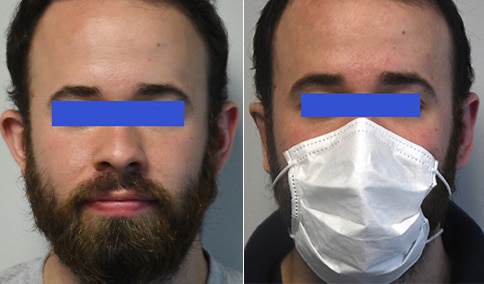
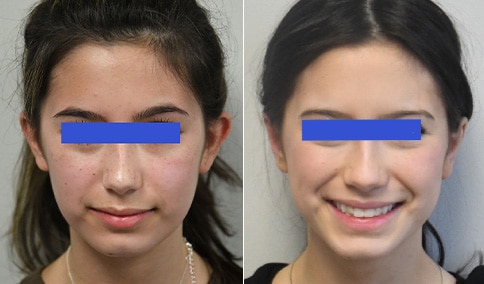

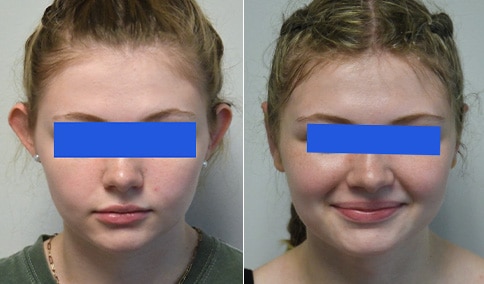
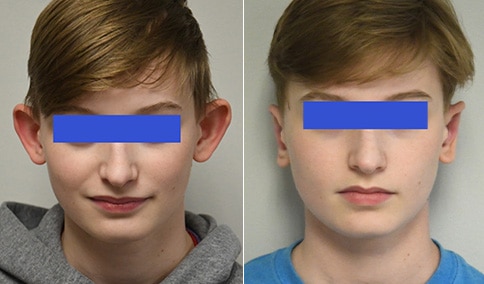
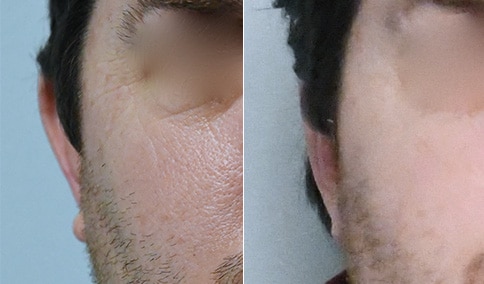

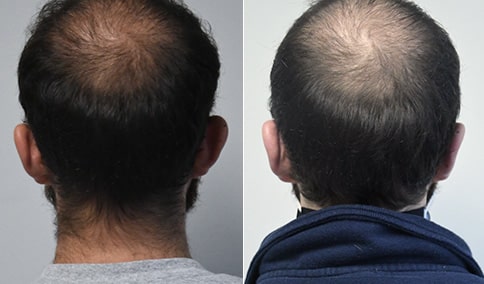
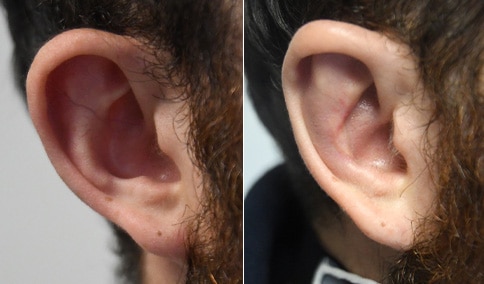
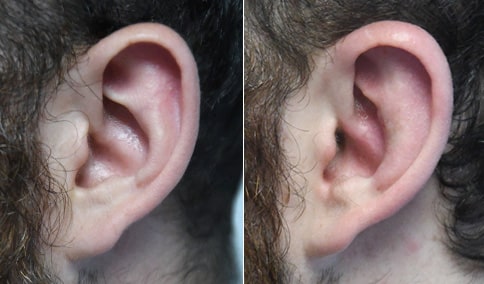
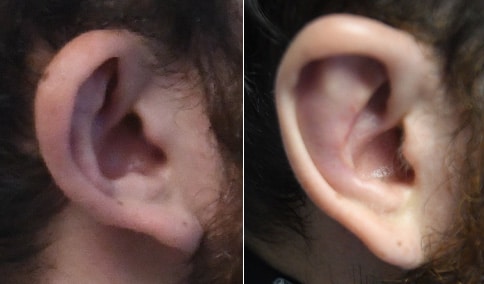
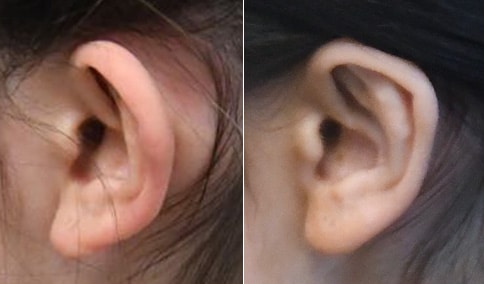
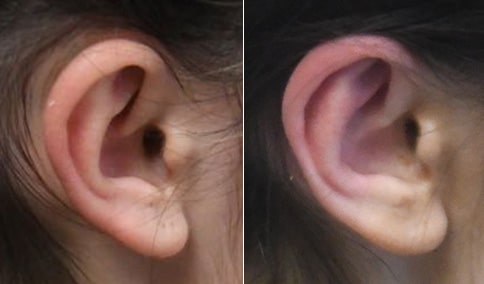
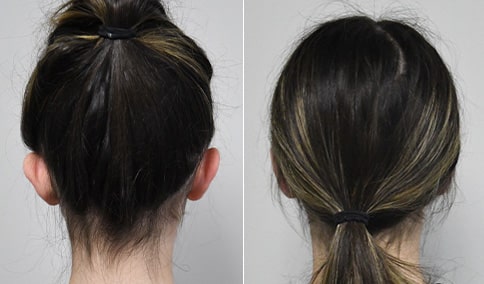


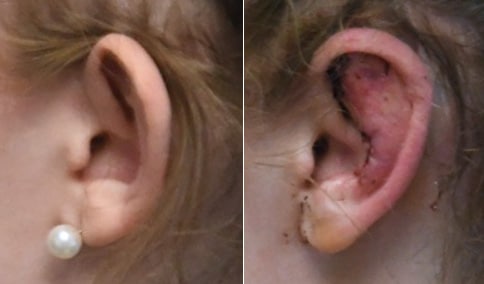
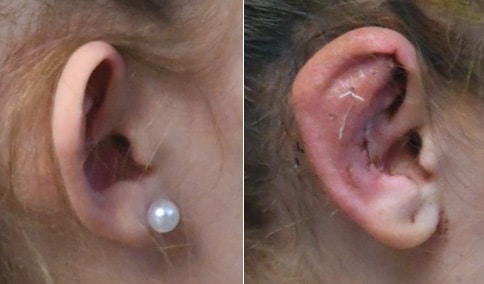
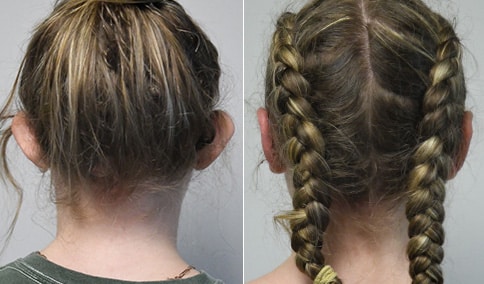
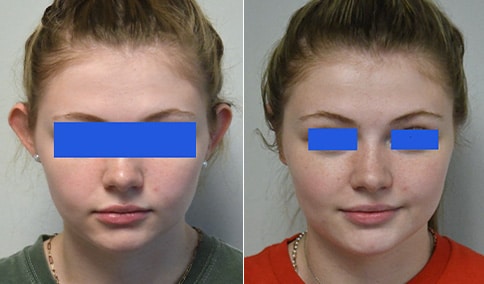
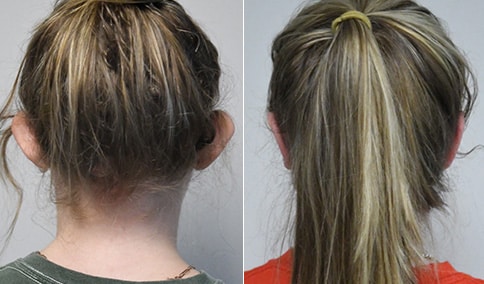
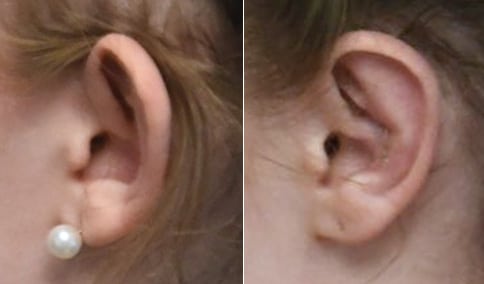
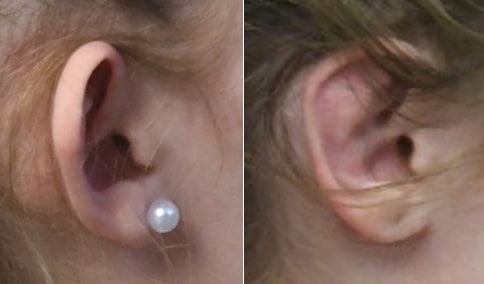
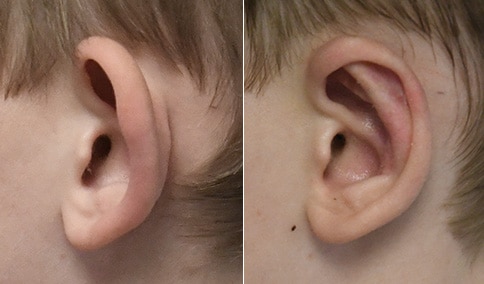
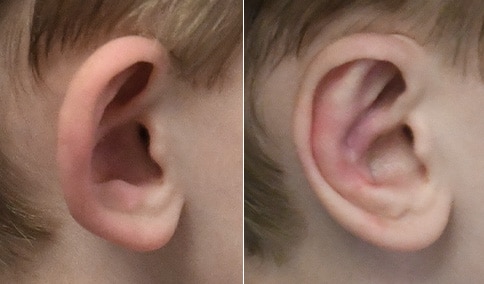
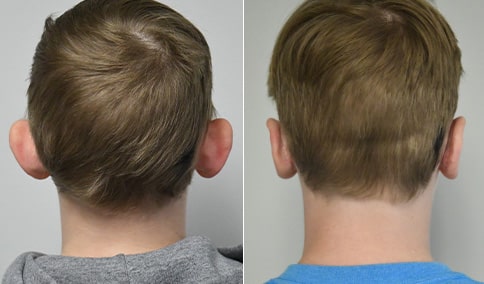
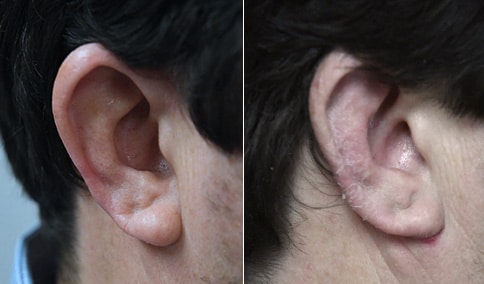
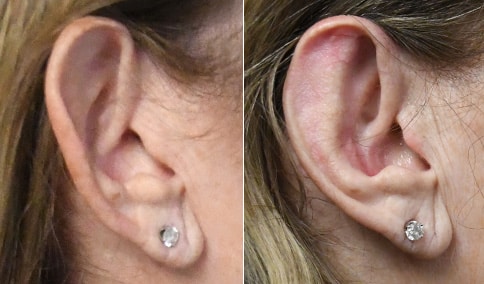
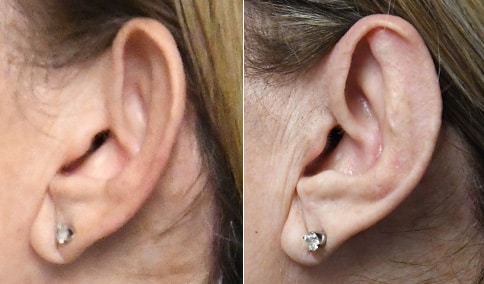





Cosmetic & Plastic Surgery Specialist
"I treat my patients like I would treat
- Jonathan D. Hall, MD, FACSmembers of my own family."
Schedule Consultation